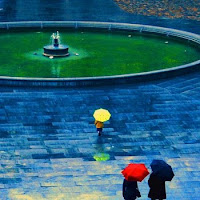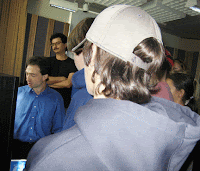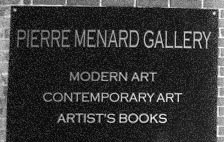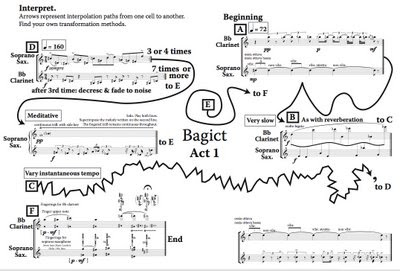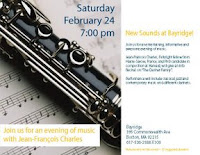Extreme time stretching with Max/MSP/Jitter
2020 update: if you are looking for the Max for Live device, check out the post Max for Live: Extreme Time Stretching with Spectral Stretch . Using a phase vocoder is one way of stretching the length of a sound without transposing it. The following video is related to the free pdf article A Tutorial for Spectral Sound Processing with Max/MSP and Jitter , published in the Computer Music Journal, Fall 2008. It illustrates extreme time stretching and audio freeze. Your own Max/MSP/Jitter Phase Vocoder If you are using the Max/MSP/Jitter development environment to design audio & video interactive applications, make your own phase vocoder. In this series of Max/MSP/Jitter tutorial patches for sound processing in spectral domain (link updated 01/12/2010) , patches number 1, 2, 3, 7, and 8 are the most directly related to this video. Of course, the MSP Tutorial 25 and Tutorial 26 will be will get you started with the FFT inside Max/MSP, in case you are new to the spectral doma

